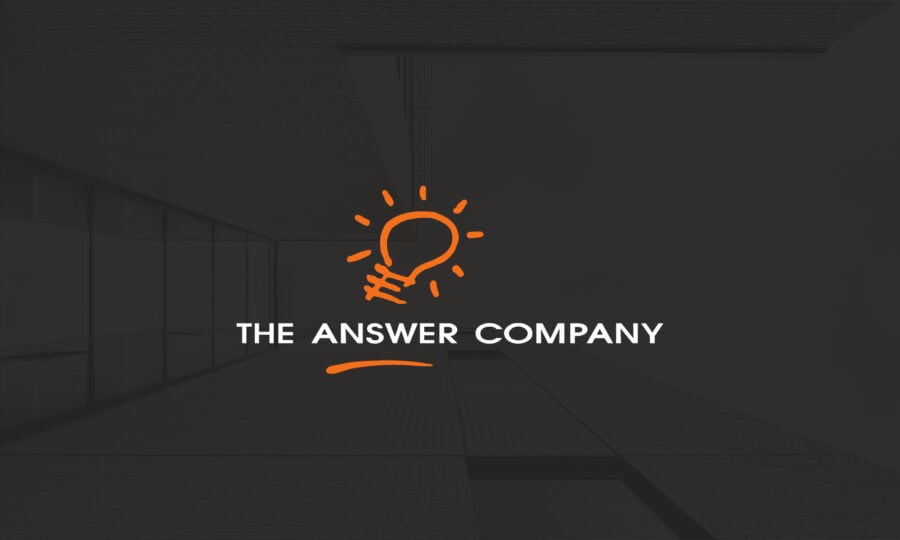The Rise of Nonprofit Technology in 2022
The nonprofit sector was at its most vulnerable during the pandemic, but saw its most robust and modernized comeback during 2021. Amidst the bounceback, smart organizations are leveraging nonprofit technologies to help better manage their organization, optimize and automate their processes, improve their financial transparency, and better reach their audiences. Exploring the primary challenges and trends sweeping across nonprofit finance departments, the 2022 Nonprofit Technology Trends Survey, sponsored by Sage Intacct, surveyed over 900 nonprofit organizations to uncover insightful and inspiring details about the sector and where it’s headed with new technology.
See a summary of the survey results in this infographic: Nonprofits Leveraging Technology Achieve Greater Impact During Pandemic.
Revenue Increases for 2021–2022
The survey found that 44% of respondents saw an increase in revenue during the 2021–2022 period, a 21% increase over the 2020–2021 period. As household incomes stabilized, the nonprofit sector saw donations and giving stabilize as well. Even more encouraging is how only 13% of nonprofit respondents are forecasting a decrease in revenue, compared to 36% in the previous year. Nonprofit organizations are seeing increases in government funding, as well as giving from both individuals and corporations.
Impacts of Social Media Strategy
An ongoing trend in the past few years has been the rise of social media usage amongst nonprofits. Some 25% of nonprofit organizations saw an increase in mobile and online donations due to their social media strategy and 65% saw an increase in engagement due to their social media strategy. Social media platforms help nonprofits reach target audiences that are more likely to be willing to give. Consistent social media presence, through posts, comments, and engagement, also demonstrates confidence and activeness of a nonprofit organization.
Pandemic-Related Challenges Solved by Software
The survey also revealed some common challenges caused by the pandemic, including uncertainty around in-person events, program disruptions, and increased demand for services. To ease these frustrations, many nonprofits adopted new technologies that helped them pivot, stay agile, and communicate changes to their audiences quickly. What’s more, technology helped all types of nonprofits shift their programs to remotely accessible, and in-person events to virtual live-streaming.
One particular challenge that arose during the pandemic was the sudden change to WFH, which affected employee management and productivity. Nonprofits acted quickly and onboarded software that allowed them to shift to fully remote or hybrid work structures. Added benefits they experienced including higher employee morale and satisfaction, increased flexibility in talent acquisition, and more expansive collaboration across departments and geographic locations.
“Remote accessibility has opened up more opportunities to partner/engage/network with entities in varying geographic locations including those located internationally.” — International nonprofit/NGO.
Saving Time with Process and AP Automations
Additionally, software and tools for nonprofit organizations allowed for automation of previously manual tasks. Process automations and AP automations help teams save a significant amount of time, allowing them to reallocate that time to develop programs, and perform outreach for new partnerships and opportunities.
For example, organizations utilized tools to automate revenue management by setting up automations for placing different types of donations into different buckets. Manual check signing and paperwork also shifted to digital, allowing nonprofits to sign checks and documents with a single click.
Connecting Dollars to Mission Impact
The survey also found that nonprofit organizations who communicated their mission and impact with outcome metrics (e.g. cost per meal served) were 82% more likely to have higher donations. Individual and corporate donors alike are more prone to give when they can see quantitative measures on their dollars. Financial transparency is critical in the nonprofit sector, and accurate reporting is necessary to keep stakeholders satisfied. All nonprofits hold onto lots of useful data, but modern nonprofits who have adopted real-time reporting tools are now able to produce customized graphic reports for various audiences that help teams make sense of the data. These reports are produced within seconds, as opposed to historic reports done in Excel which take days.
How Sage Intacct Helps Nonprofit Organizations
Sage Intacct Financial Management Software for Nonprofit Organizations is equipped with specific features for accounting automation, real-time reporting, and grant and fund management. The advanced revenue recognition system allows nonprofits to create separate closes for each revenue source and generate specific reports customized for each funder. Centralizing everything from cash management to budgeting to reporting, Sage Intacct generates real-time dashboards and metrics with real-time data, for a comprehensive view of your finances. On average, Sage Intacct customers have seen a 250% ROI with a payback period of less than 6 months.
